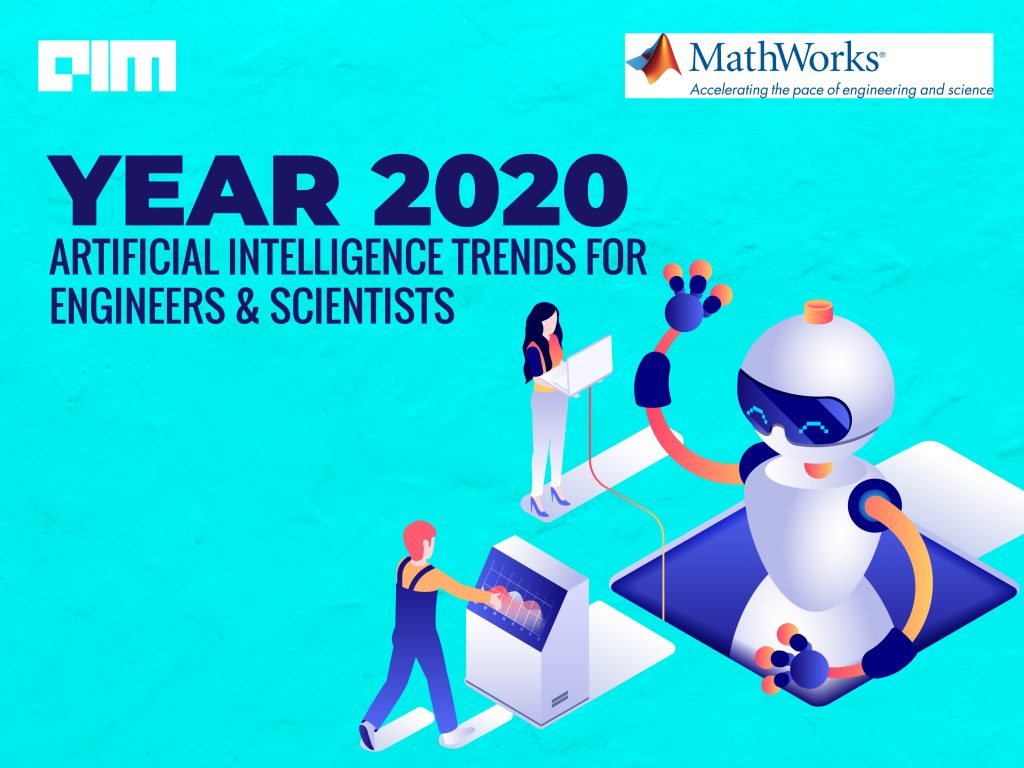1. Workforce skills and data quality barriers start to abate
As AI becomes more prevalent in industry, more engineers and scientists – not just data scientists – will work on AI projects. They now have access to existing deep learning models and accessible research from the community, which allows a significant advantage than starting from scratch. While AI models were once majority image-based, most are also incorporating more sensor data, including time-series data, text and radar.
Engineers and scientists will greatly influence the success of a project because of their inherent knowledge of the data, which is an advantage over data scientists not as familiar with the domain area. With tools such as automated labeling, they can use their domain knowledge to rapidly curate large, high-quality datasets. The more availability of high-quality data, the higher the likelihood of accuracy in an AI model, and therefore the higher likelihood for success.
2. The rise of AI-Driven systems increases design complexity
As AI is trained to work with more sensor types (IMUs, Lidar, Radar, etc.), engineers are driving AI into a wide range of systems, including autonomous vehicles, aircraft engines, industrial plants, and wind turbines. These are complex, multidomain systems where behavior of the AI model has a substantial impact on the overall system performance. In this world, developing an AI model is not the finish line, it is merely a step along the way.
Designers are looking to Model-Based Design tools for simulation, integration, and continuous testing of these AI-driven systems. Simulation enables designers to understand how the AI interacts the rest of the system. Integration allows designers to try design ideas within a complete system context. Continuous testing allows designers to quickly find weaknesses in the AI training datasets or design flaws in other components. Model-Based Design represents an end-to-end workflow that tames the complexity of designing AI-driven systems.
3. AI becomes easier to deploy to low power, low cost embedded devices
AI has typically used 32-bit floating-point math as available in high-performance computing systems, including GPUs, clusters, and datacenters. This allowed for more accurate results and easier training of models, but it ruled out low cost, low power devices that use fixed-point math. Recent advances in software tools now support AI inference models with different levels of fixed-point math. This enables the deployment of AI on those low power, low-cost devices and opens up a new frontier for engineers to incorporate AI in their designs. Examples include low-cost Electronic Control Units (ECUs) in vehicles and other embedded industrial applications.
4. Reinforcement Learning moves from gaming to real-world industrial applications
In 2020, reinforcement learning will go from playing games to enabling real-world industrial applications particularly for automated driving, autonomous systems, control design, and robotics. We’ll see successes where Reinforcement Learning (RL) is used as a component to improve a larger system. Key enablers are easier tools for engineers to build and train RL policies, generate lots of simulation data for training, easy integration of RL agents into system simulation tools and code generation for embedded hardware. An example is improving driver performance in an autonomous driving system. AI can enhance the controller in this system by adding an RL agent to improve and optimize performance – such as faster speed, minimal fuel consumption, or response time. This can be incorporated in a fully autonomous driving system model that includes a vehicle dynamics model, an environment model, camera sensor models, and image processing algorithms.
5. Simulation lowers a primary barrier to successful AI adoption – lack of data quality
Data quality is a top barrier to successful adoption of AI – per analyst surveys. The simulation will help lower this barrier in 2020. We know training accurate AI models requires lots of data. While you often have lots of data for normal system operation, what you really need is data from anomalies or critical failure conditions. This is especially true for predictive maintenance applications, such as accurately predicting remaining useful life for a pump on an industrial site. Since creating failure data from physical equipment would be destructive and expensive, the best approach is to generate data from simulations representing failure behavior and use the synthesized data to train an accurate AI model. The simulation will quickly become a key enabler for AI-driven systems.

























